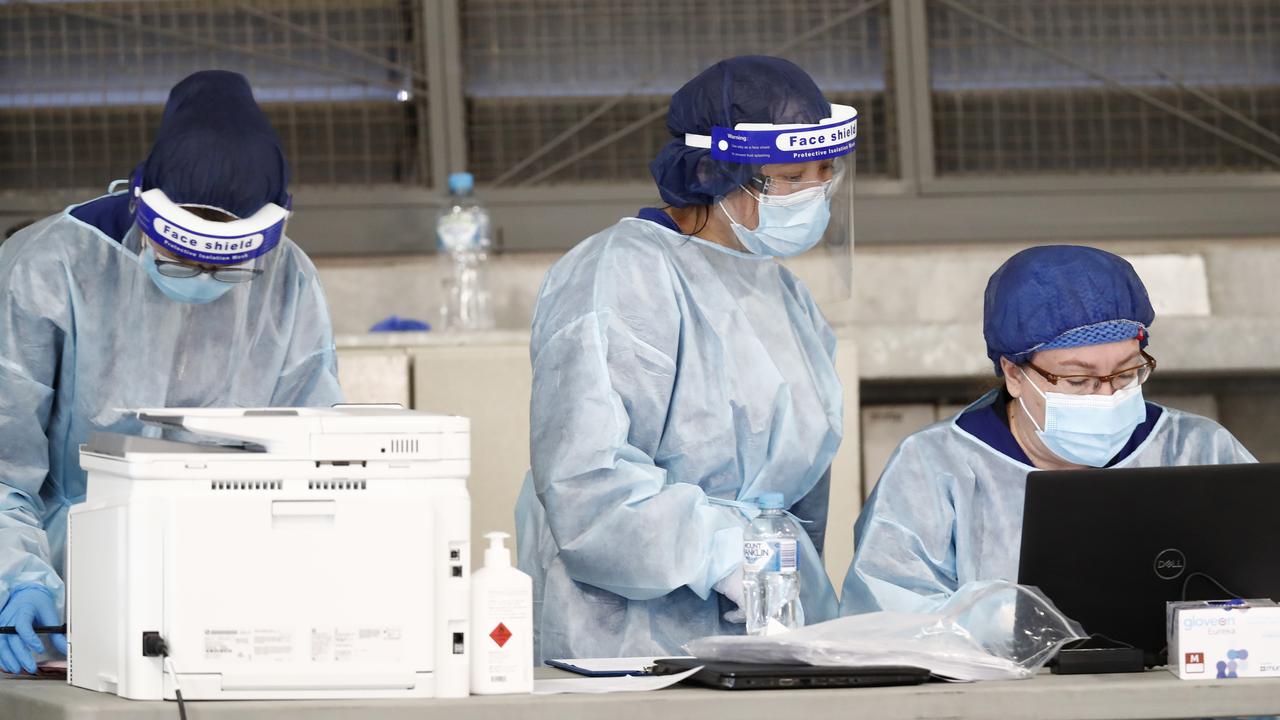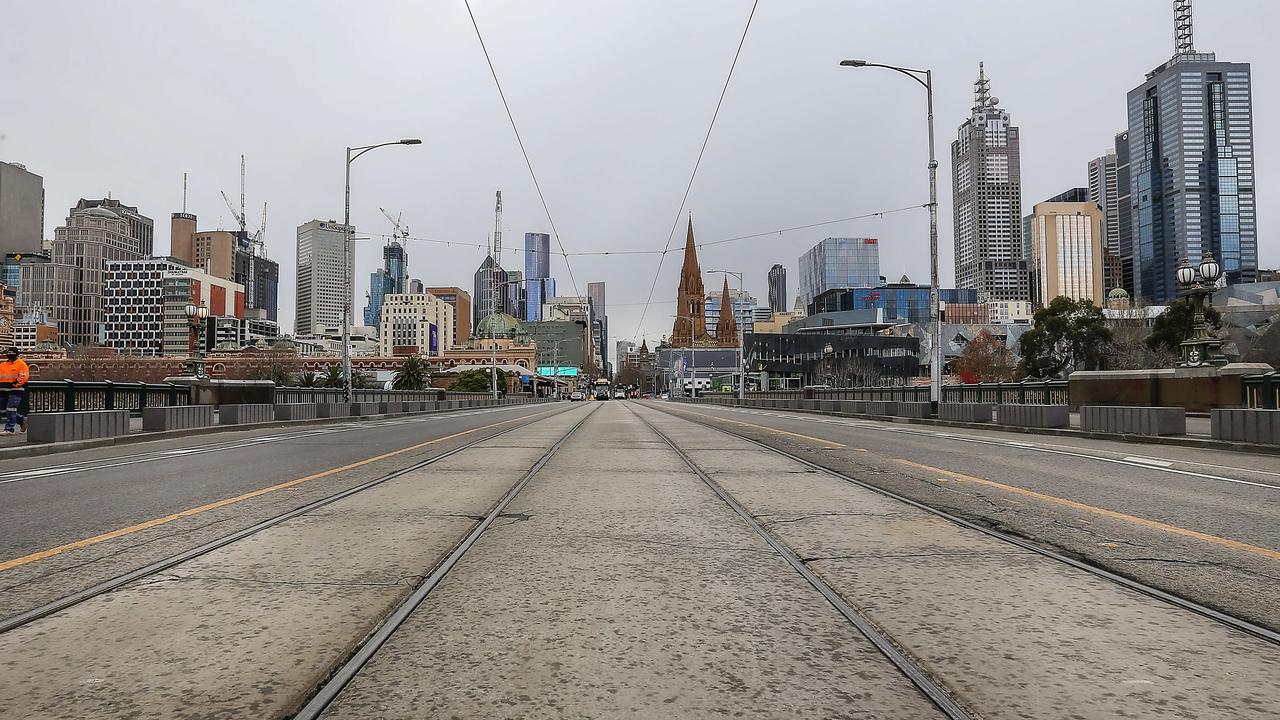Matt Johnston: Melbourne’s story at risk of becoming a tale of two cities
Connecting the CBD and the suburbs has been critical to helping Victoria thrive. But Melbourne is fast becoming a tale of two cities, writes Matt Johnston, and suburban Melburnians are fast finding themselves on the outside.
Melbourne is the greatest place in the world.
But its story is always at risk of becoming a tale of two cities: of the CBD and its fringes, where the privileged live; and the suburbs, where the rest live, many travelling in to the other city only to work.
Connecting the two has been critical to helping Victoria thrive.
FEDERAL LIBERALS DESPERATE TO CLIMB ABOARD THE DAN EXPRESS
DISCUSSION PAPER PROMPTS RETHINK ON HIGH DENSITY LIVING
But sometimes I get the feeling that people living within the Hoddle grid, or within easy striking distance of it, are trying to raise the drawbridge behind them.
In doing so, they would create a playground for the well-heeled and visiting tourists and students rather than a cultural centre accessible to all Victorians.

During the working week, the city streets teem with suits and tourists, jostling for position in laneways, cafes and restaurants. On many nights, there is a buzz; on weekends, there is a hotchpotch of hot spots and vacant areas.
It’s difficult to tell whether increasing numbers of people are being put off visiting the bustling city because the hassle of doing so has become greater. Even if it is not yet happening, there is a risk of this occurring over the next few years.
Two factors will be important in addressing this risk.
The state government is ripping up a lot of streets to put in new long-term transport options. And the Melbourne City Council, in an attempt to battle congestion, is preparing to boost pedestrian- and cyclist-friendly options.
Both governments have their own interests, some of them competing.
Though of course considering the greater good of the city and the state, the council represents city ratepayers, and so largely seeks to look after their interests.
There were many ideas in its transport plans for the next decade, released last week.
One was to adopt measures to better manage growth, many of which would make the CBD even less motorist-friendly and more pedestrian-friendly.
These would involve increasing the options for cyclists, and favouring cyclists at traffic lights.

A proposal to reduce speed limits to 30kmh has already been rejected outright by the state government.
Parking spots or traffic lanes are likely to go in some parts of the city. And the council would advocate for the imposition of a congestion charge.
The plan makes little mention of the city council’s existing congestion charge, in the form of exorbitant parking fees that double as a revenue-raiser.
I recently drove into Melbourne’s CBD to meet friends, and after grabbing every piece of gold and silver in my console, I got 70 minutes of parking time.
Don’t get me wrong, I would rather get the train or tram, or a taxi or Uber, into the city.
I can do that because I am in the relatively fortunate position of living pretty close to the city. I don’t have mobility concerns, and I don’t have children.
But a lot of people in the outer suburbs or regional Victoria wouldn’t bother driving in to spend a couple of hours in the CBD, apart from perhaps on special occasions. And if they did, it would only be with careful planning.
The connectedness between the suburbs and inner Melbourne, with its incredible parks, sports grounds and museums, helps it to maintain its status as one of the world’s most liveable cities.
Just take a look at Sydney, where the CBD — wherever and whatever that really is — seems for the most part to be little more than a rambling conglomeration of tall office buildings.
This is why Victoria’s government (and Opposition) should move to curb any council excesses and manage transport plans to suit a larger population than just those within postcode 3000 and its surrounds.
This doesn’t mean taking a blunt instrument to some good ideas, such as improved “little” streets and shared zones able to be used by different people and forms of transport, depending on the day, or the time of day.
But it would be foolish to shut more car lanes without proper consideration of the long-term impact of this on the attractiveness of the CBD as a destination.
This is particularly the case during construction of a major new train line, which will cause disruption that might itself put some people off public transport.
More should be done to fix streets that help motorists circumnavigate the main areas of the CBD, such as King St.
And given that bricks-and-mortar retail is increasingly on the nose, there also needs to be a broader re-examination of what the CBD is offering to attract people in from Melbourne’s outer suburbs and regional Victoria.
It’s all about balance. A city controller — an idea that has been proposed, but which has gone nowhere — to manage council and government interests has potential.
An alternative would be to have a minister for Melbourne, who oversees development of the CBD and its surrounds.
We should not get to the stage where a failure of planning leaves families who live far from the city having to fight to get to the services, theatres, sports grounds and other things in the city which their taxes have helped to pay for.
Raising the drawbridge in such a way, especially at a time when never-ending roadworks already present a barrier, could have lasting impacts. Allowing the city to become an island adrift in Victoria — a place difficult to get to, and where you don’t spend much time unless you’re a native — would be a disaster.
Matt Johnston is Herald Sun state politics editor


